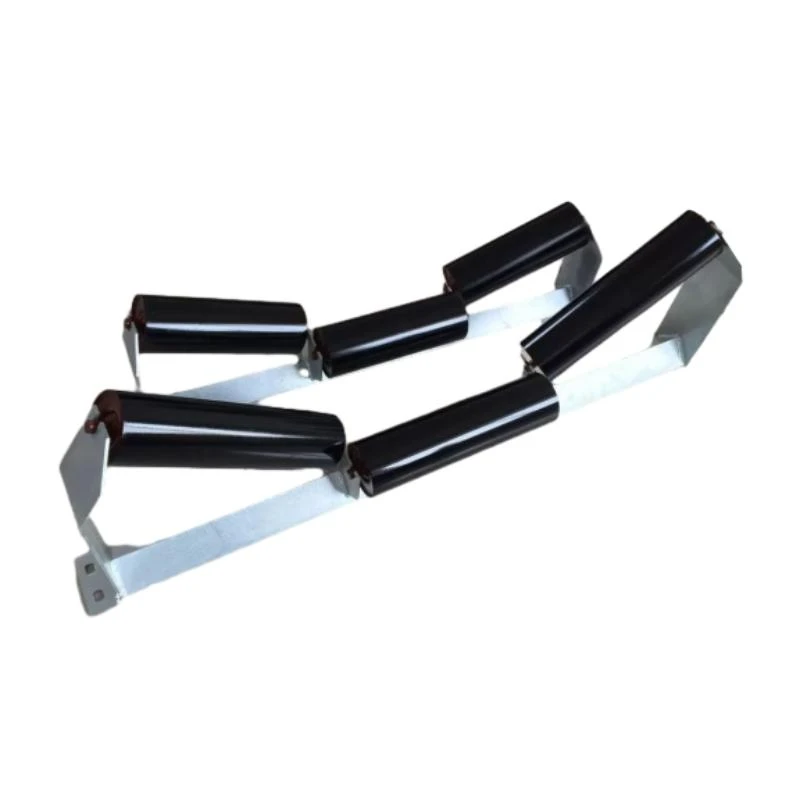 Afrikaans
Afrikaans  Albanian
Albanian  Amharic
Amharic  Arabic
Arabic  Armenian
Armenian  Azerbaijani
Azerbaijani  Basque
Basque  Belarusian
Belarusian  Bengali
Bengali  Bosnian
Bosnian  Bulgarian
Bulgarian  Catalan
Catalan  Cebuano
Cebuano  Corsican
Corsican  Croatian
Croatian  Czech
Czech  Danish
Danish  Dutch
Dutch  English
English  Esperanto
Esperanto  Estonian
Estonian  Finnish
Finnish  French
French  Frisian
Frisian  Galician
Galician  Georgian
Georgian  German
German  Greek
Greek  Gujarati
Gujarati  Haitian Creole
Haitian Creole  hausa
hausa  hawaiian
hawaiian  Hebrew
Hebrew  Hindi
Hindi  Miao
Miao  Hungarian
Hungarian  Icelandic
Icelandic  igbo
igbo  Indonesian
Indonesian  irish
irish  Italian
Italian  Japanese
Japanese  Javanese
Javanese  Kannada
Kannada  kazakh
kazakh  Khmer
Khmer  Rwandese
Rwandese  Korean
Korean  Kurdish
Kurdish  Kyrgyz
Kyrgyz  Lao
Lao  Latin
Latin  Latvian
Latvian  Lithuanian
Lithuanian  Luxembourgish
Luxembourgish  Macedonian
Macedonian  Malgashi
Malgashi  Malay
Malay  Malayalam
Malayalam  Maltese
Maltese  Maori
Maori  Marathi
Marathi  Mongolian
Mongolian  Myanmar
Myanmar  Nepali
Nepali  Norwegian
Norwegian  Norwegian
Norwegian  Occitan
Occitan  Pashto
Pashto  Persian
Persian  Polish
Polish  Portuguese
Portuguese  Punjabi
Punjabi  Romanian
Romanian  Russian
Russian  Samoan
Samoan  Scottish Gaelic
Scottish Gaelic  Serbian
Serbian  Sesotho
Sesotho  Shona
Shona  Sindhi
Sindhi  Sinhala
Sinhala  Slovak
Slovak  Slovenian
Slovenian  Somali
Somali  Spanish
Spanish  Sundanese
Sundanese  Swahili
Swahili  Swedish
Swedish  Tagalog
Tagalog  Tajik
Tajik  Tamil
Tamil  Tatar
Tatar  Telugu
Telugu  Thai
Thai  Turkish
Turkish  Turkmen
Turkmen  Ukrainian
Ukrainian  Urdu
Urdu  Uighur
Uighur  Uzbek
Uzbek  Vietnamese
Vietnamese  Welsh
Welsh  Bantu
Bantu  Yiddish
Yiddish  Yoruba
Yoruba  Zulu
Zulu conveyor pulley price
Understanding Conveyor Pulley Prices Factors and Insights
Conveyor systems are vital components in various industries, facilitating the smooth movement of materials and goods. At the heart of these systems is the conveyor pulley, an essential part that affects the overall efficiency and functionality of the conveyor. As businesses strive for operational efficiency, understanding the pricing of conveyor pulleys becomes crucial. This article explores the factors that influence conveyor pulley prices, providing insights for businesses looking to invest in this critical component.
What is a Conveyor Pulley?
A conveyor pulley is a cylindrical device used to drive or redirect a conveyor belt. They play a crucial role in the transportation of materials, ensuring that the belt remains tensioned while providing support. Pulleys can be categorized into various types, including drive pulleys, return pulleys, and tail pulleys, each with its own price point based on design, functionality, and material composition.
Factors Influencing Conveyor Pulley Prices
1. Material Composition The material used to manufacture a conveyor pulley significantly impacts its price. Pulleys can be made from steel, aluminum, or plastic. Steel pulleys, often more durable and capable of handling heavier loads, tend to be more expensive than their aluminum or plastic counterparts. The choice of material depends on the operational requirements and environmental conditions in which the conveyor system operates.
2. Size and Diameter The size of the pulley is another key determinant of its price. Larger pulleys can handle more weight and are typically more expensive due to the increased material costs and engineering involved in their production. Specific applications may require customized sizes, which can further elevate costs because of the specialized manufacturing processes.
conveyor pulley price

3. Type of Pulley Different types of pulleys serve different purposes within a conveyor system, and their pricing can vary accordingly. For example, drive pulleys, which are responsible for propelling the belt, may have higher prices due to additional features like lagging or specialized coatings for enhanced grip. In contrast, return pulleys, which support the belt's underside, might be less expensive.
4. Manufacturing Processes The manufacturing techniques used to produce conveyor pulleys also affect their prices. Pulleys that are cast or forged typically have a different price point compared to those that are fabricated through welding or machining. Advanced manufacturing processes that enhance durability, such as powder coating or the application of protective finishes, can increase costs due to the investment in technology and skilled labor.
5. Market Demand and Supply Like any product, the prices of conveyor pulleys are influenced by market demand and supply dynamics. During peak seasons or economic booms, when demand for manufacturing and material handling equipment surges, prices may rise. Conversely, during economic downturns, prices may stabilize or decrease as manufacturers compete for business.
6. Supplier Reputation and Location The choice of supplier can significantly impact the cost of conveyor pulleys. Established manufacturers with a reputation for quality may charge premium prices. Conversely, lesser-known suppliers might offer lower prices but could compromise on quality. Additionally, geographical factors such as shipping costs and tariffs may also influence overall pricing.
Conclusion
In summary, the price of conveyor pulleys is influenced by a myriad of factors, ranging from material composition and size to manufacturing processes and market conditions. For businesses looking to invest in conveyor systems, understanding these factors can aid in budgeting and selecting the right components for their specific needs.
Investing in high-quality conveyor pulleys may incur a higher initial cost, but the long-term benefits in terms of durability, efficiency, and maintenance can result in significant savings over time. Therefore, it is essential for decision-makers to weigh the prices against the value and performance that different pulleys offer within their operational context.
-
Revolutionizing Conveyor Reliability with Advanced Rubber Lagging PulleysNewsJul.22,2025
-
Powering Precision and Durability with Expert Manufacturers of Conveyor ComponentsNewsJul.22,2025
-
Optimizing Conveyor Systems with Advanced Conveyor AccessoriesNewsJul.22,2025
-
Maximize Conveyor Efficiency with Quality Conveyor Idler PulleysNewsJul.22,2025
-
Future-Proof Your Conveyor System with High-Performance Polyurethane RollerNewsJul.22,2025
-
Driving Efficiency Forward with Quality Idlers and RollersNewsJul.22,2025





























